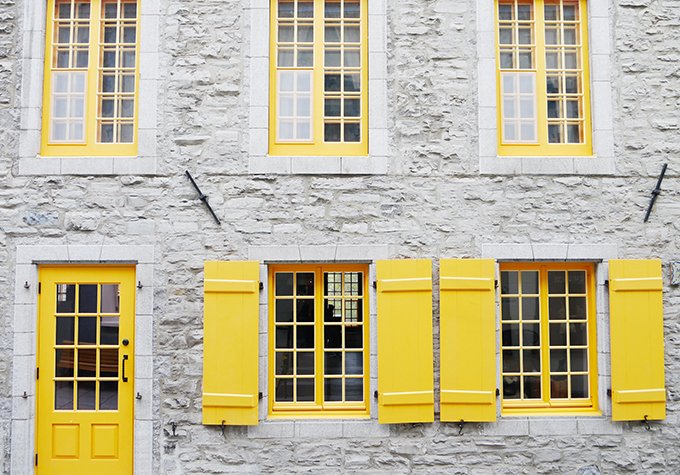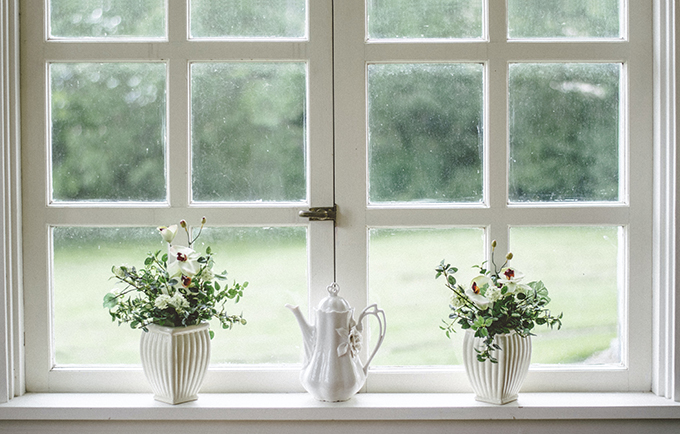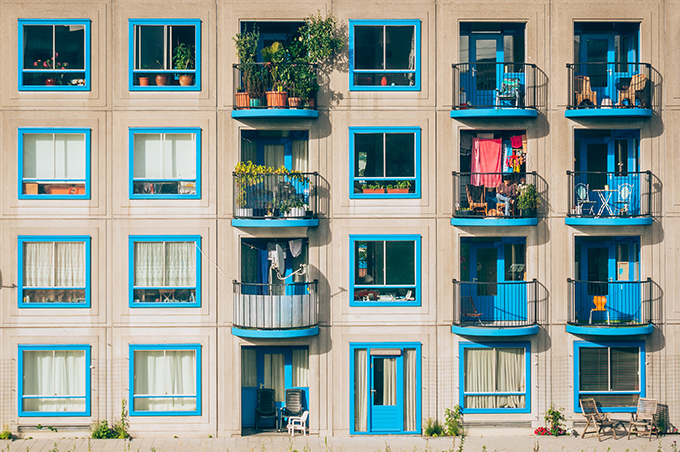
Is it time to install new windows in your home?
If you’re considering replacement windows, you’ve probably already noticed some issues with your existing windows.
Some issues can be fixed easily on windows. For other issues, replacing old, damaged, or inefficient windows is the best choice.
Keep reading to learn seven signs it’s time for replacing old windows.
1. Windows Don’t Open or Close
Windows let you get fresh air into your home, which can lower your heating and cooling costs. Opening windows also lets you get smells out of the house.
If your windows won’t open or close, you’re missing out on this major benefit. Even if the windows open but are difficult to operate, you’ll benefit from new windows.
Windows get stuck for a number of reasons. If you have wood windows, they can become warped or swollen over the years, making the windows difficult to open.
Sometimes damage to the window or dirt and debris stuck in the track stop the windows from opening.
Another issue with older or damaged windows is the inability to close fully or lock. This allows more air to get through the windows. Improper locking can be a security issue.
New windows slide open easily with little effort, so you can open and close your windows freely. They also come with secure locks that are easy to engage to keep your windows safer.

2. Inefficient Windows
Old windows, especially single-pane windows, are not as energy-efficient as newer windows. If your windows have a single pane of glass, you’re likely losing lots of heated and cooled air or letting in lots of drafts.
Increasing utility bills can be a sign that your windows are inefficient. The lack of insulation in older, inefficient windows can make your heating and cooling system work harder to make your home comfortable.
Your windows can account for 25 to 30 percent of your heating and cooling energy because of heat transfer through the glass.
You might also notice lots of fading inside your home if you have inefficient single-pane windows. The glass doesn’t block the UV rays that cause fading damage.
Modern windows use double or triple panes of glass. Low E windows with gas between the panes cut down on heat loss to make your home more efficient.
You can also choose windows with special coatings and tint to help cut down on UV rays.
3. Damage to Windows
Inspect your windows inside and outside to look for obvious signs of damage. It’s often better to replace windows once the frames are damaged.
Windows take a lot of abuse from weather elements, from extreme temperatures to wind, hail, and ice. Those outdoor elements can cause damage over time.
Chips, water stains, and other signs of damage are clues to look for. Soft spots in wooden window frames can indicate rotting.
If your windows are damaged, hiring professionals to replace them gets rid of the problem before it gets worse. Leaving the old damaged windows can cause additional deterioration. The windows might start to sag, and you might notice difficulty opening and closing them.
4. Lots of Drafts
Hold your hand up to your windows on a windy day. Do you feel drafts blowing through them? You might also notice the air near your windows feels a lot warmer in the summer and a lot cooler in the winter.
If the air blows freely into your home, you’re spending a lot more than you need to on heating and cooling.
Older, outdated windows tend to be drafty. You can also get a draft if the windows weren’t installed correctly or if the seals on the windows fail.

5. Failure to Block Noise
Can you hear every little noise from your neighborhood inside your home even with the windows closed?
Older windows tend to offer little acoustic insulation, so they won’t block sound from kids playing, cars driving by, and other noises. The excess outside noise can get annoying when you want to enjoy a quiet day in your home.
Newer windows offer more insulation through the gas that’s between the panels. Some windows also use lamination to help with energy efficiency and sound blocking.
If you live near a busy street or in a noisy neighborhood, look at the sound transmission class (STC) rating on windows. A higher rating provides more noise-dampening, which keeps your home quieter.
You’ll still hear occasional noises from outside. But updating your windows can cut down on how much you hear and how loud it sounds from inside your home.
6. Condensation Between Glass
If you have dual-pane windows, look for condensation between the two panes. If moisture builds up inside the window panes, it means that the seals on the windows failed.
Airtight seals are crucial for insulating your windows.
Failed seals mean the gas that helps insulate the windows has escaped. Your windows are no longer as efficient as they were when they were installed.
The condensation between the glass panes also makes the windows look bad. Since the moisture is inside the windows, you can’t wipe it away
.
Replacement windows can help you regain that energy efficiency and eliminate the annoying moisture buildup.
7. Outdated Look
Sometimes it’s all about looks when it comes down to choosing new windows.
Your windows make a big impression on your home’s curb appeal. They’re prominent against your siding.
If the windows look old, damaged, or outdated, it brings down the entire look of your home. Even if the rest of your exterior looks nice, the windows will stand out as a sore spot.
Replacing them with brand new windows instantly gives your home’s exterior a facelift. If you’re remodeling your entire exterior, the new windows will fit in with your other updated elements.
New windows also improve the look of your home’s interior.
Time to Install New Windows
When the signs start adding up, it’s time to install new windows. You’ll notice benefits right away, including a more comfortable home, and long-term benefits, such as lower utility bills.
Look in our archives for more useful home information.



